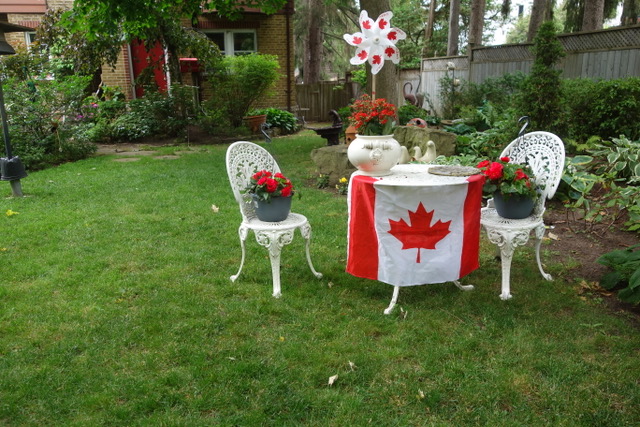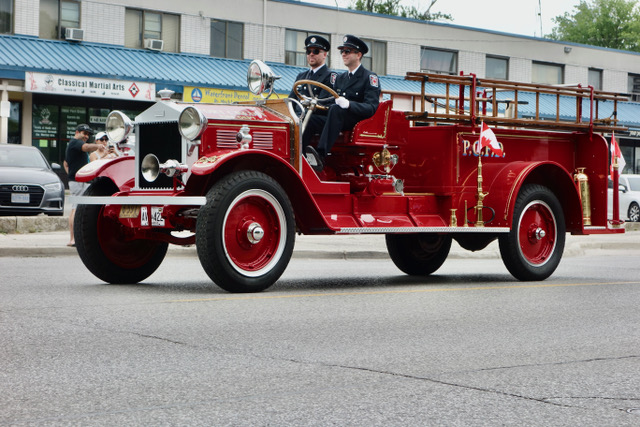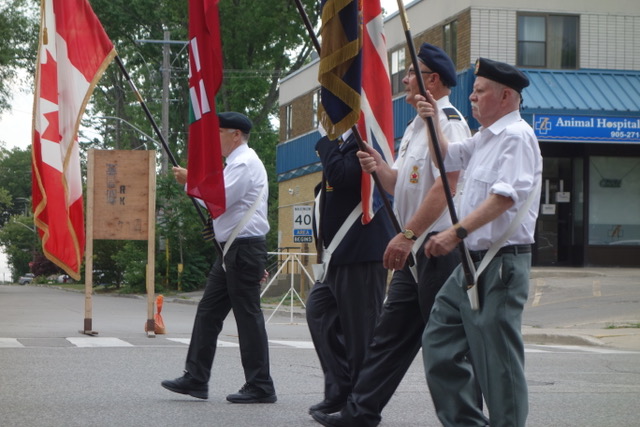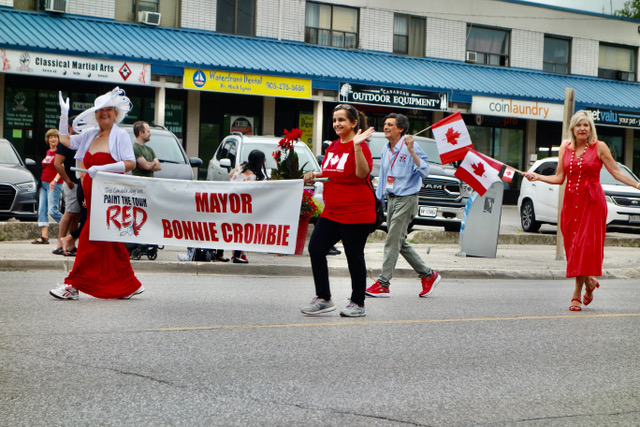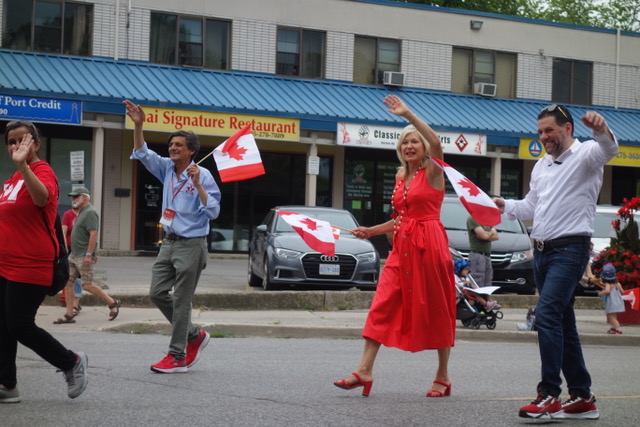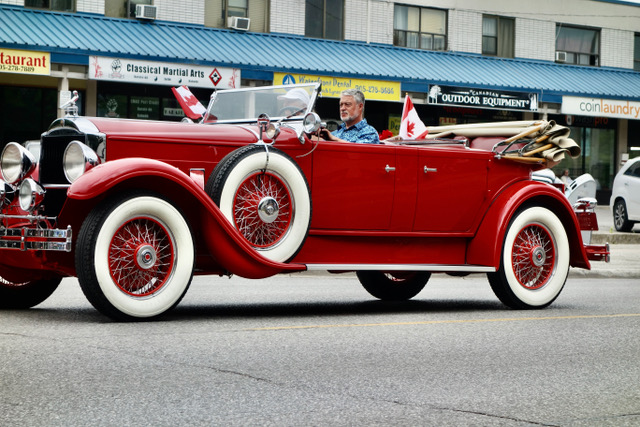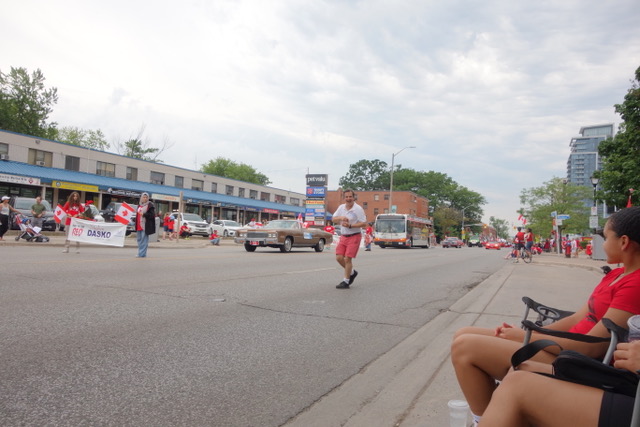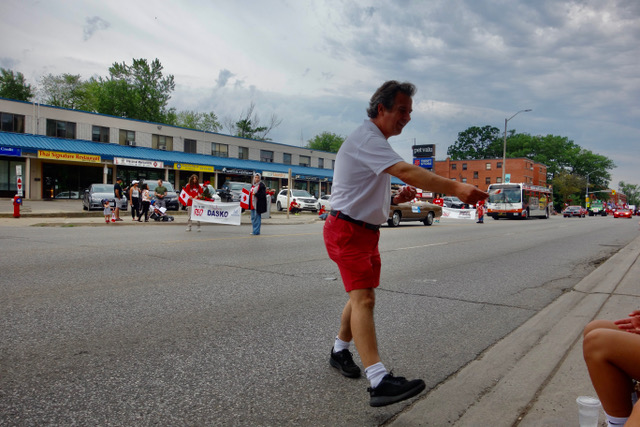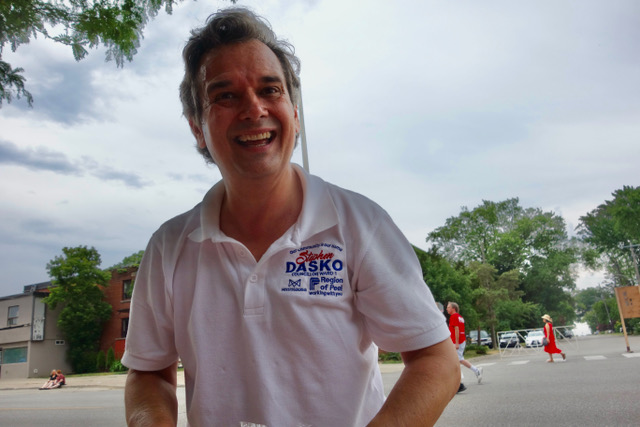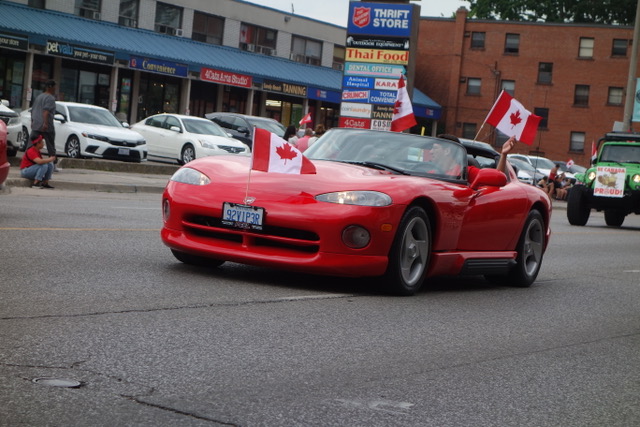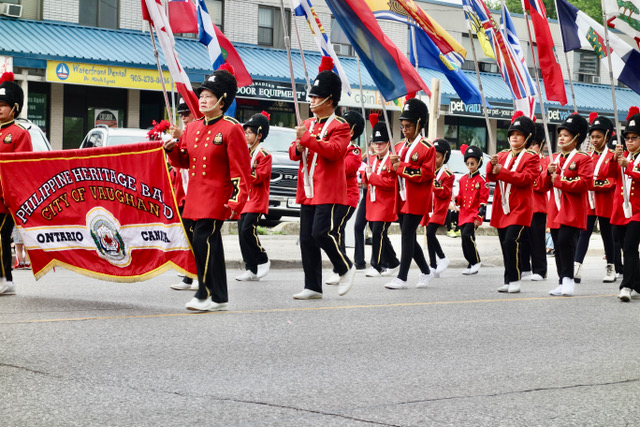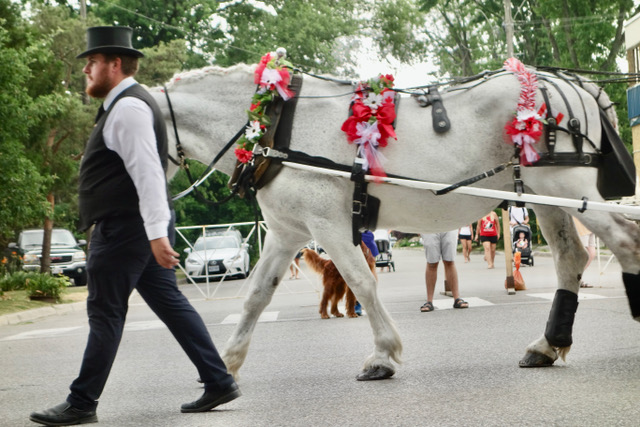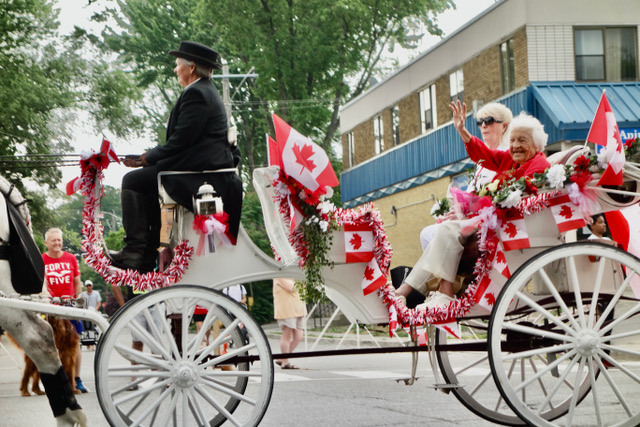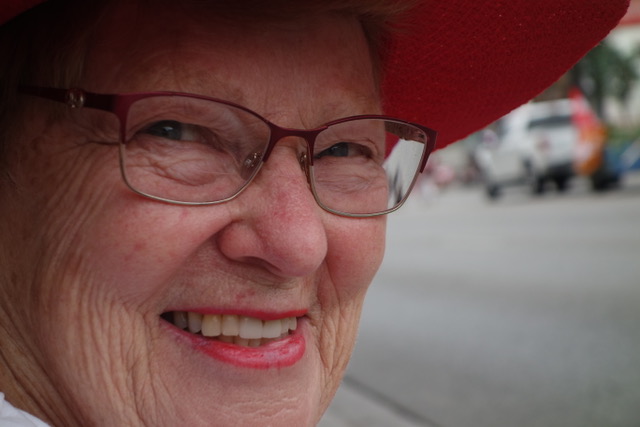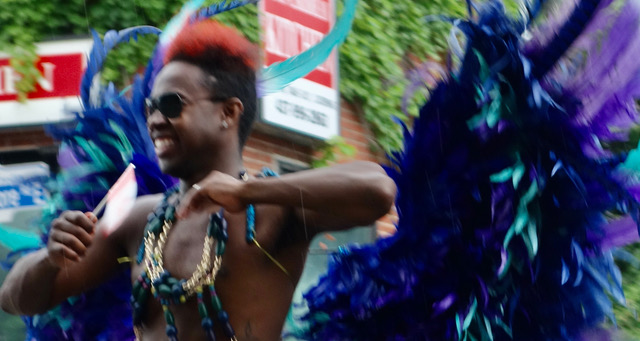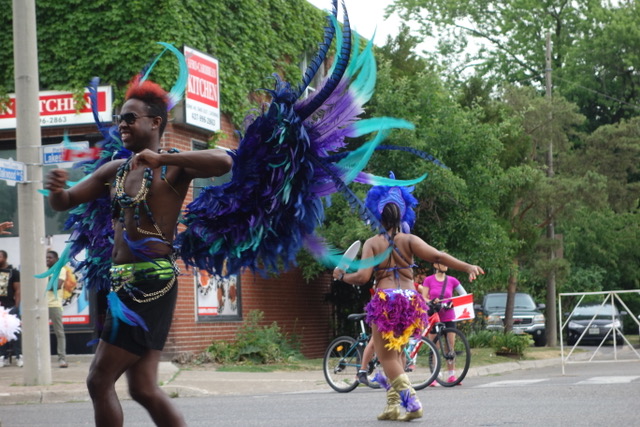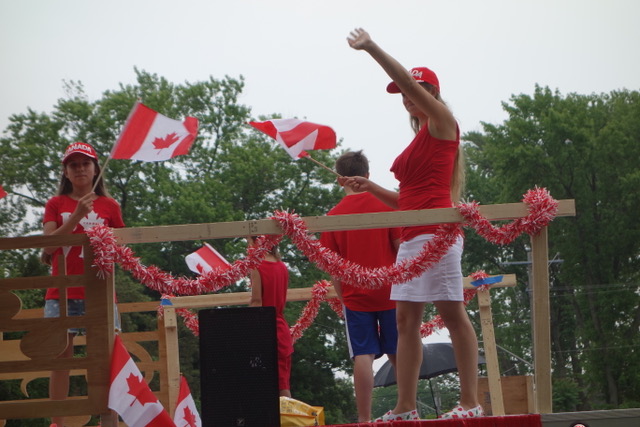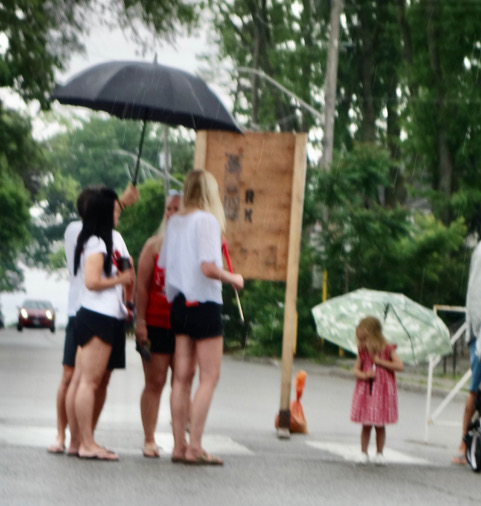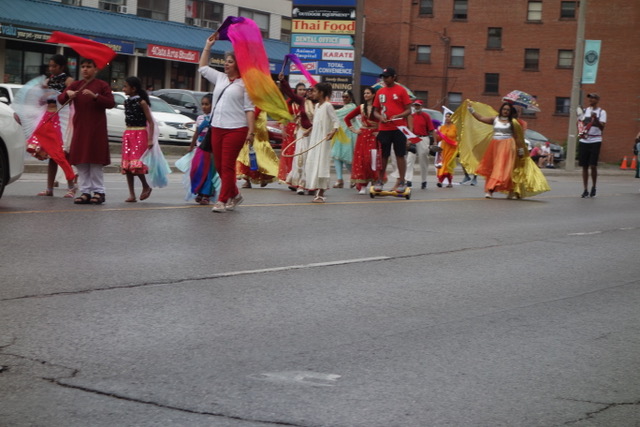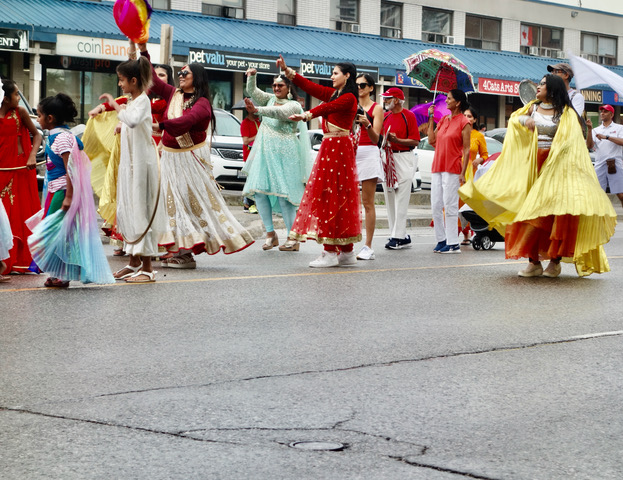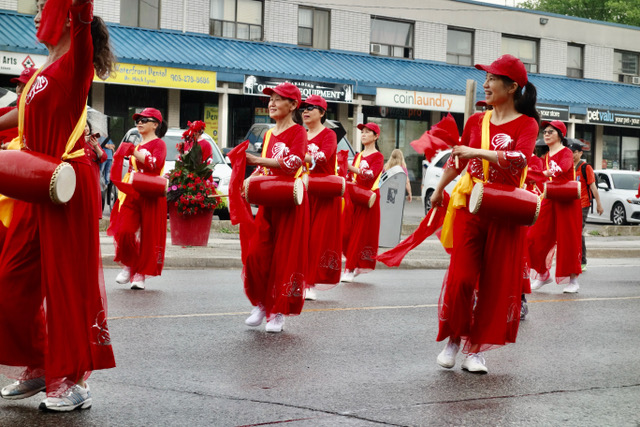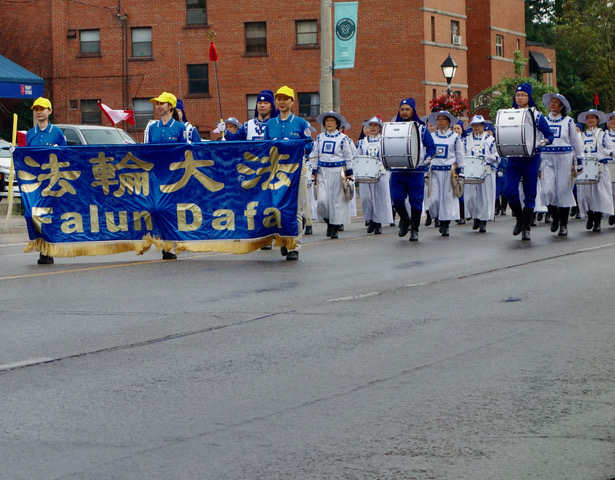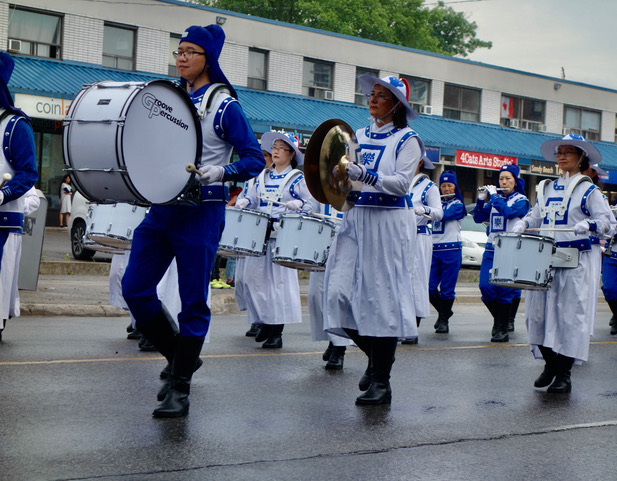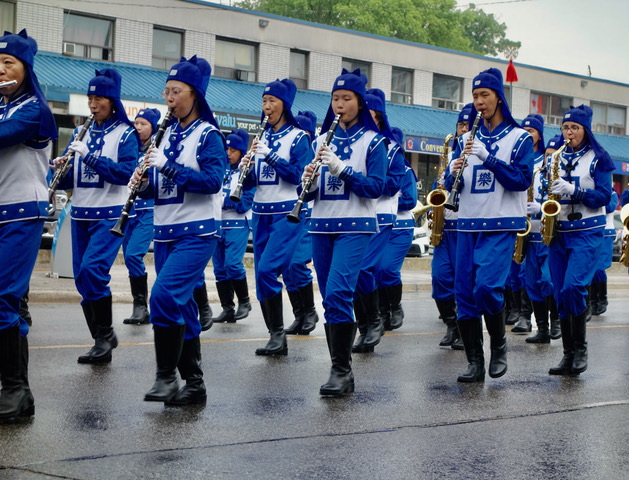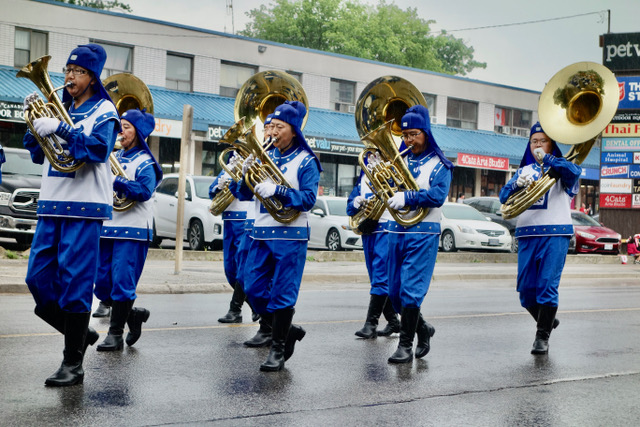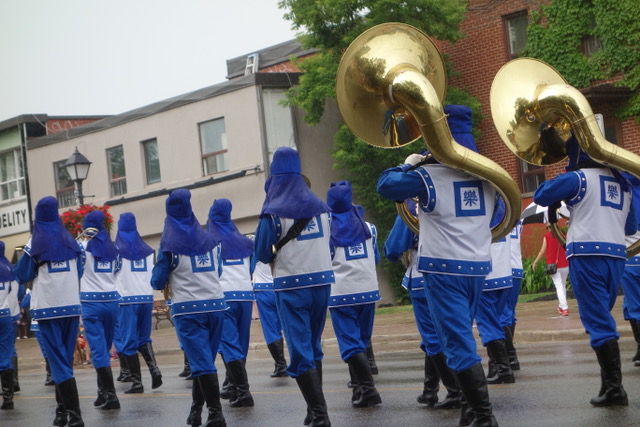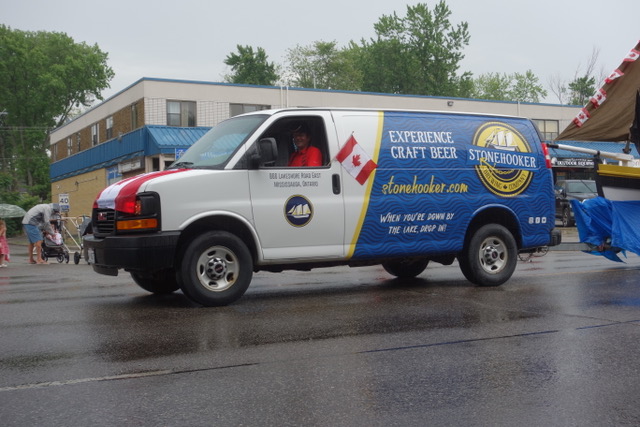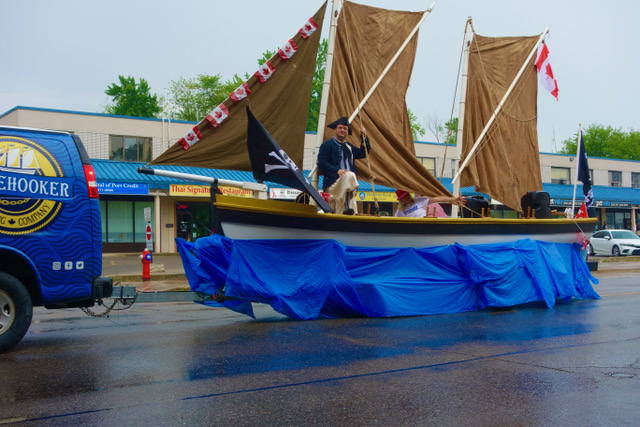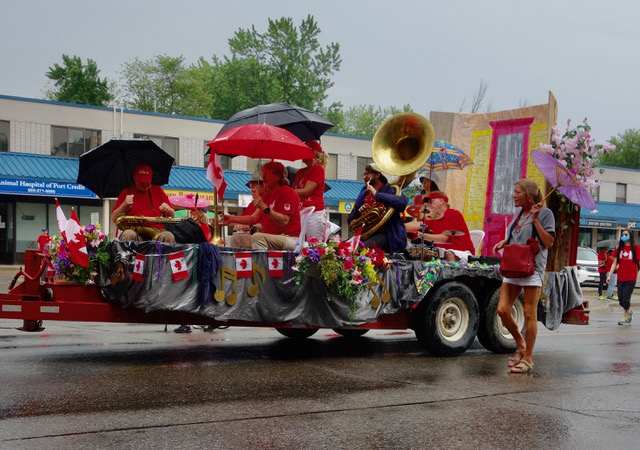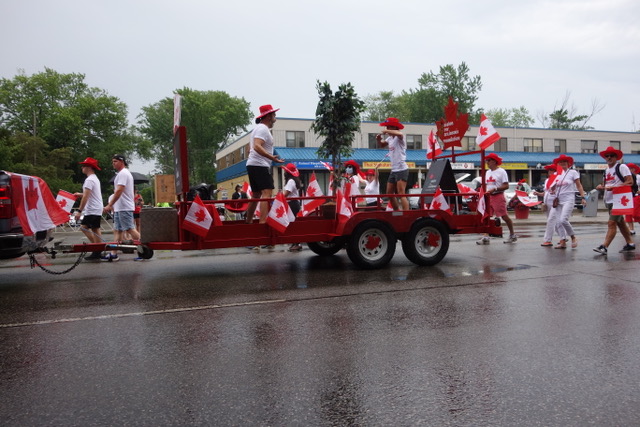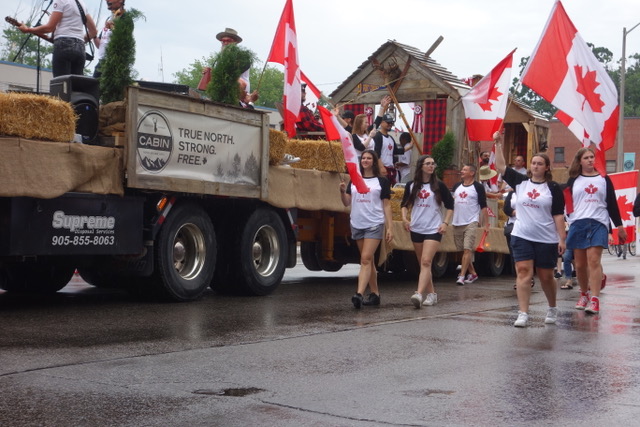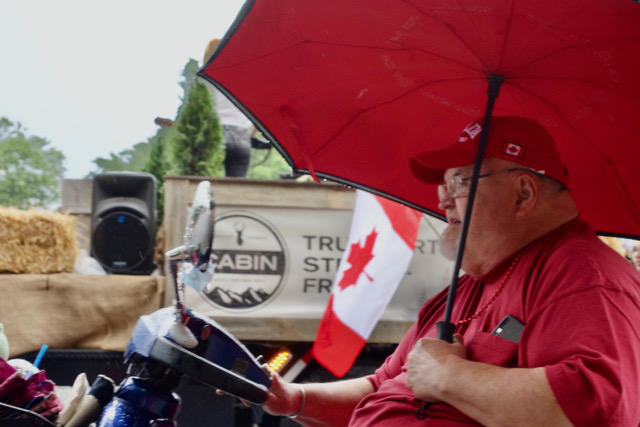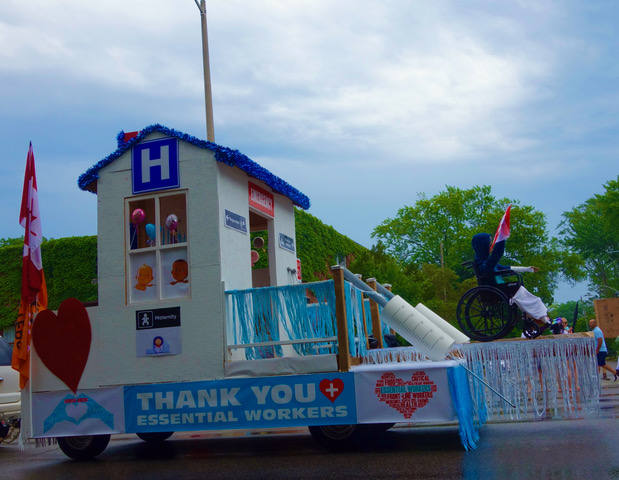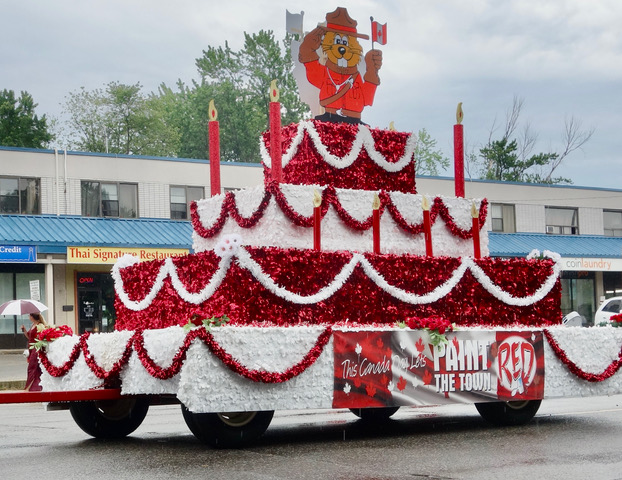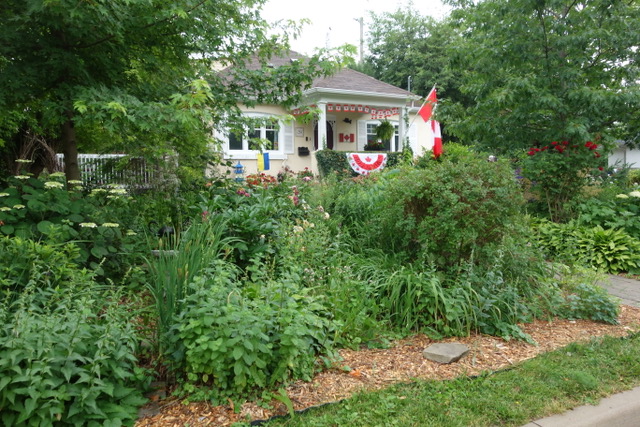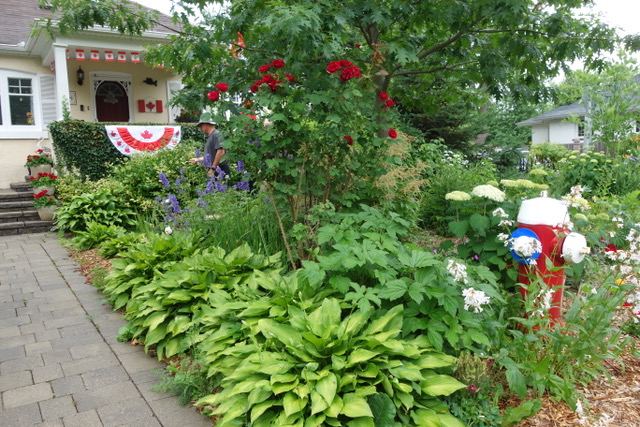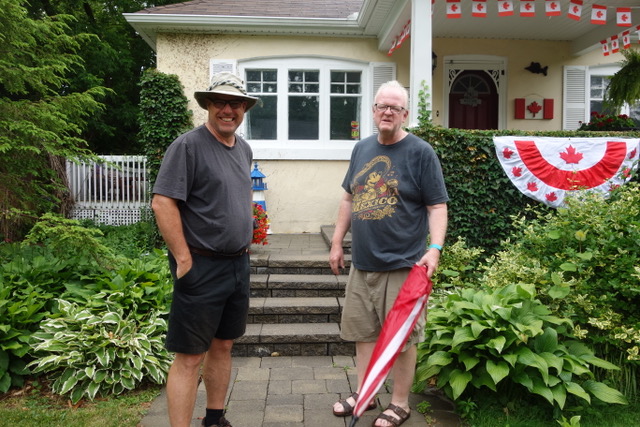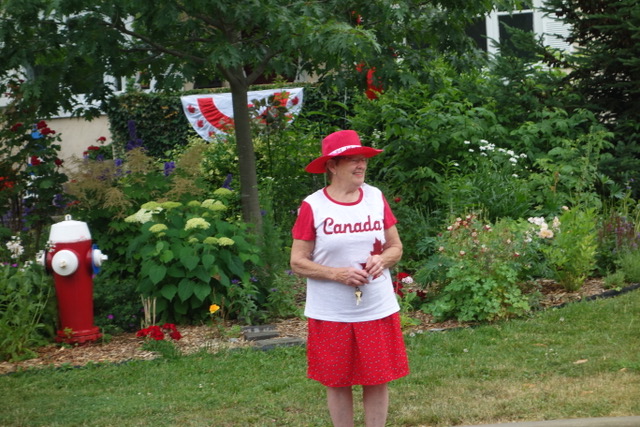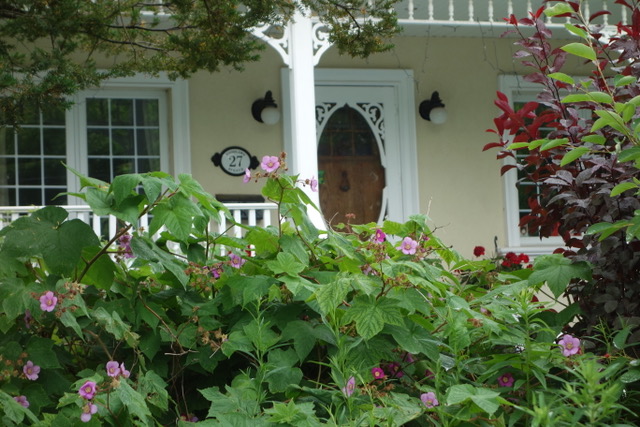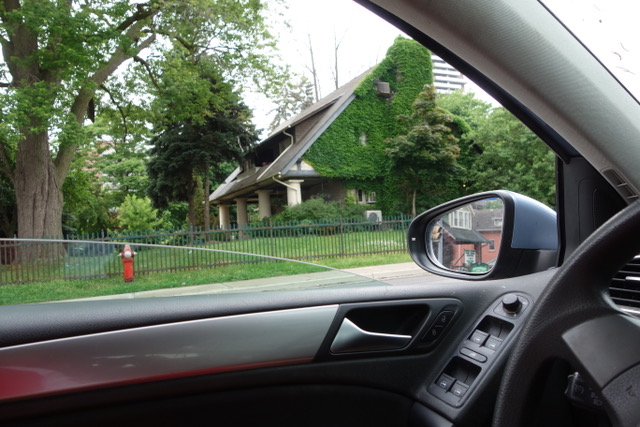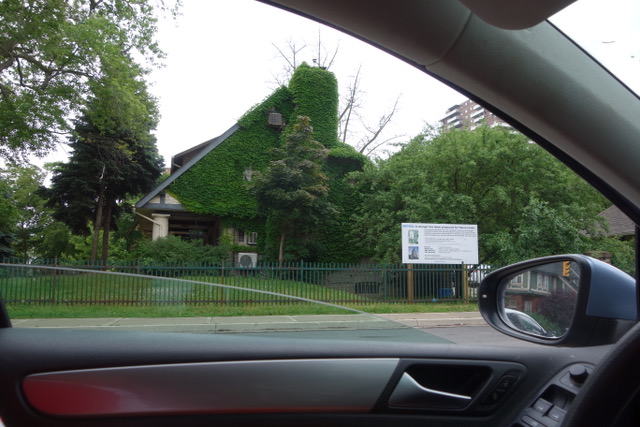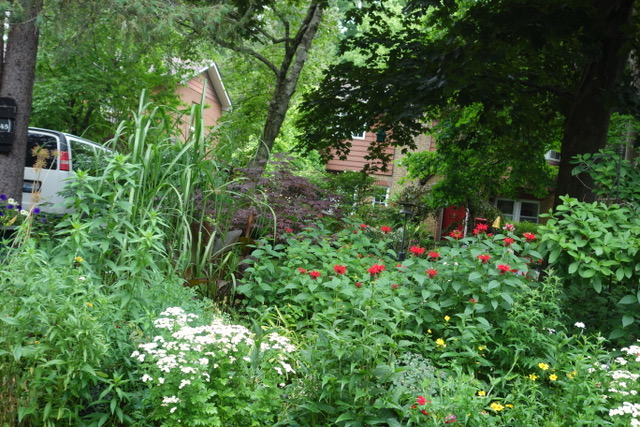



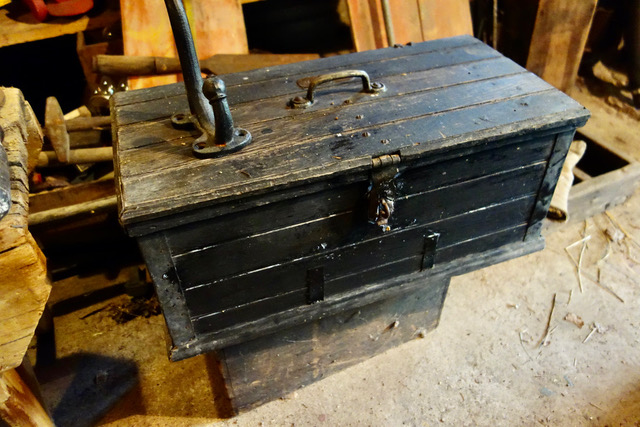
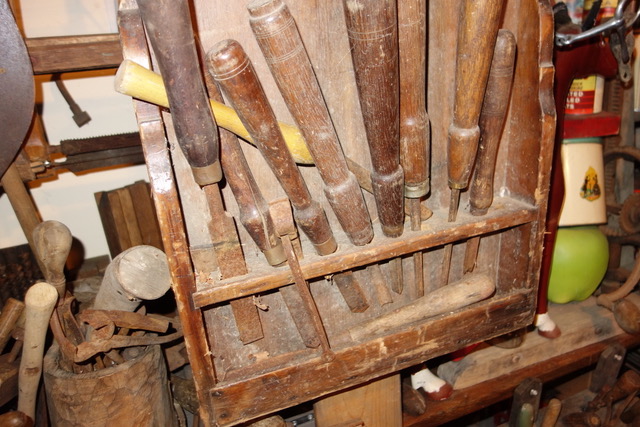
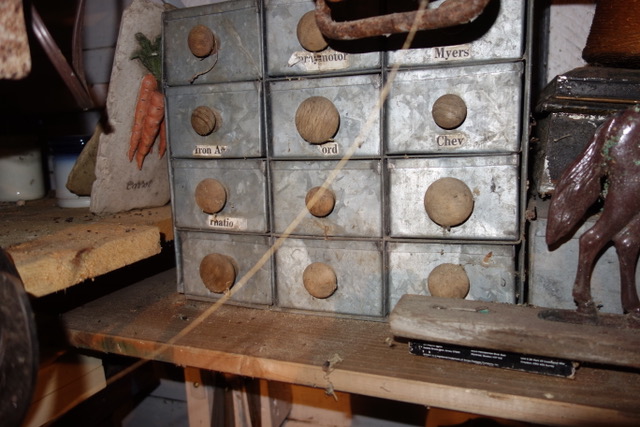



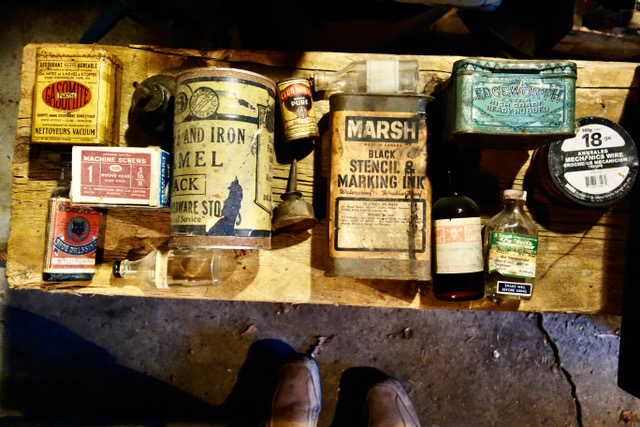


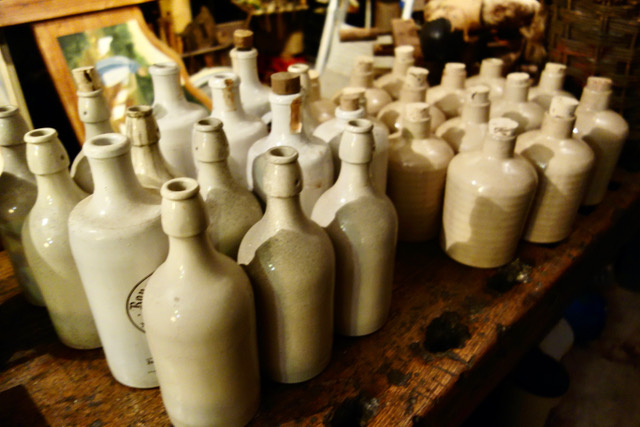


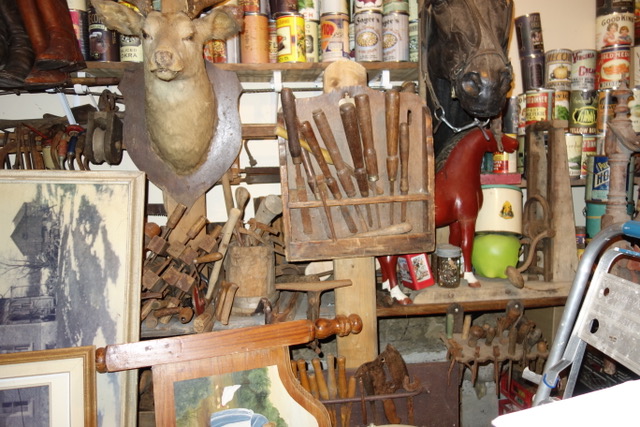
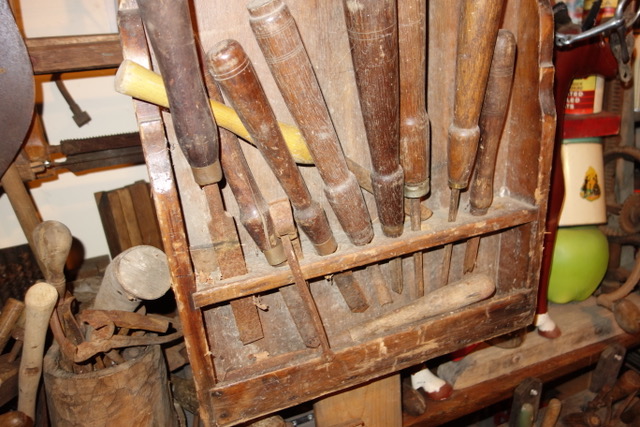


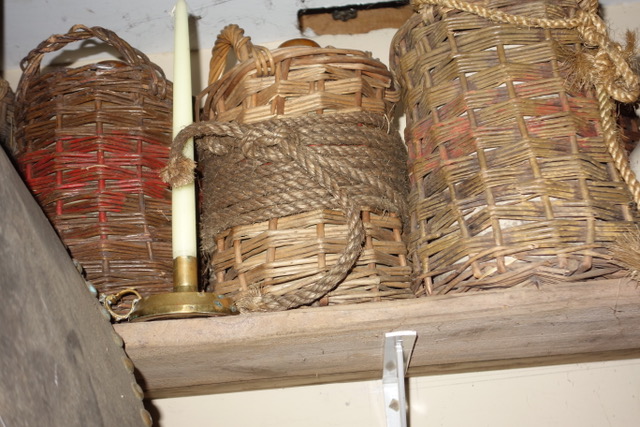
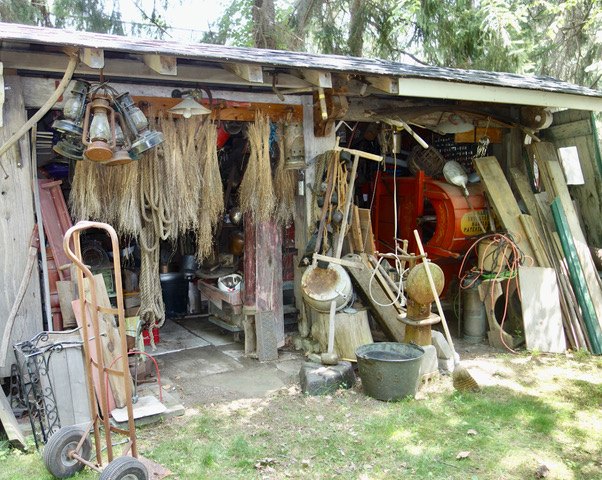

Alan's Oeuvre






















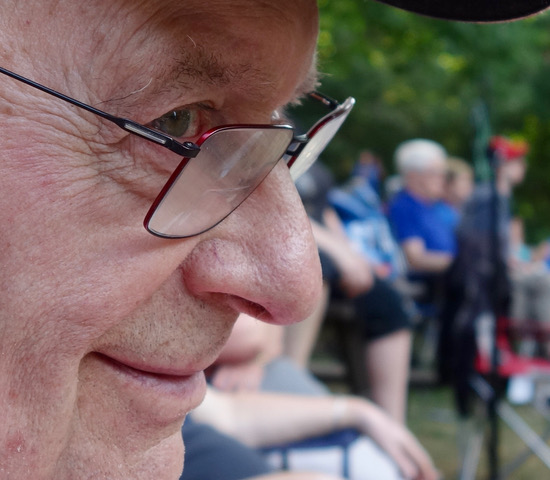


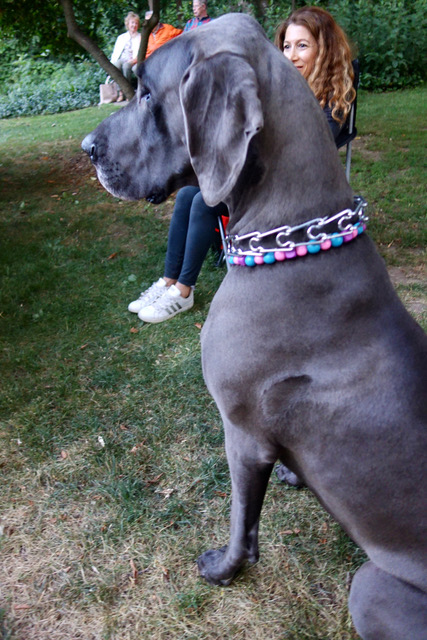
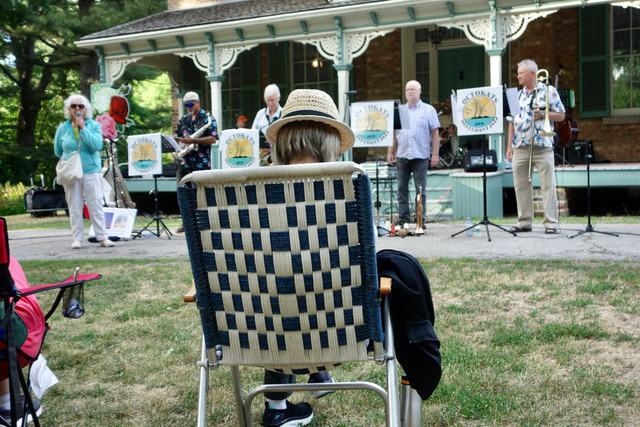
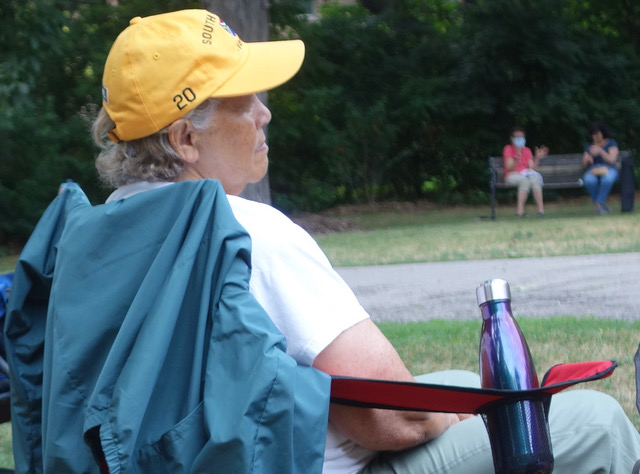
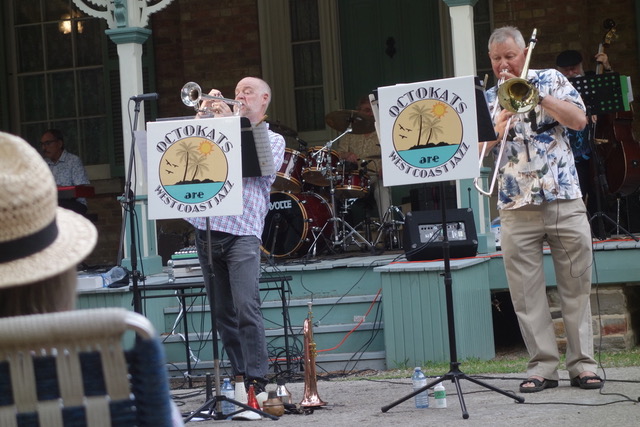
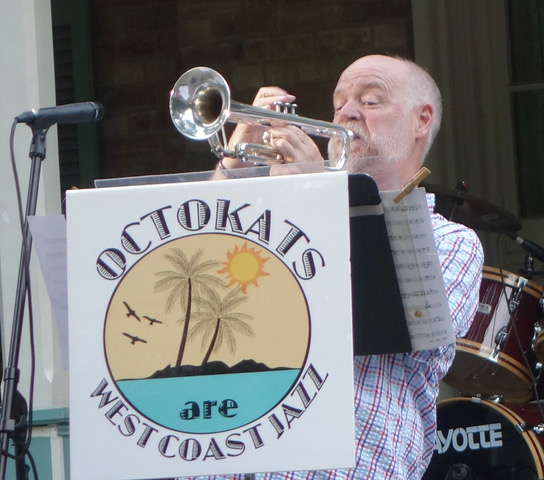

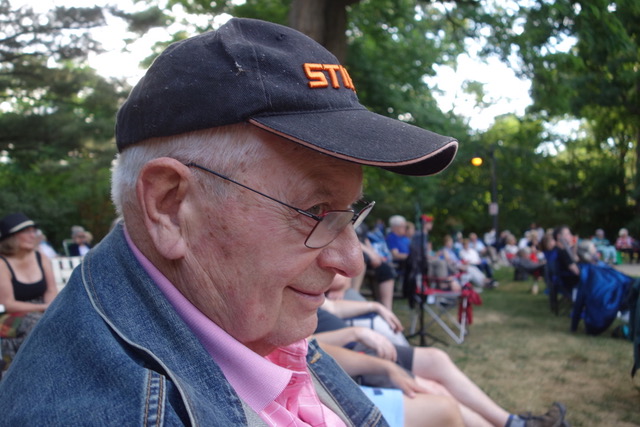

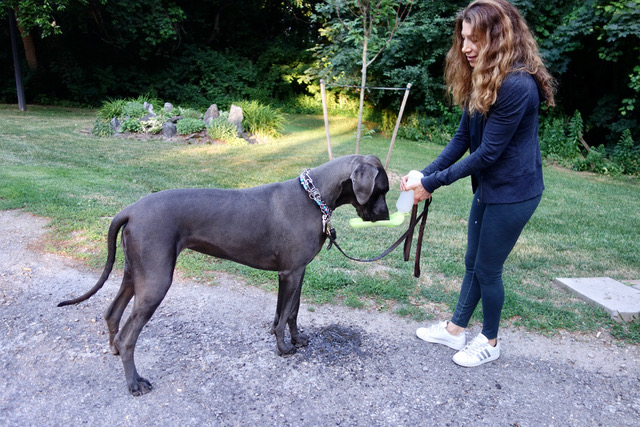
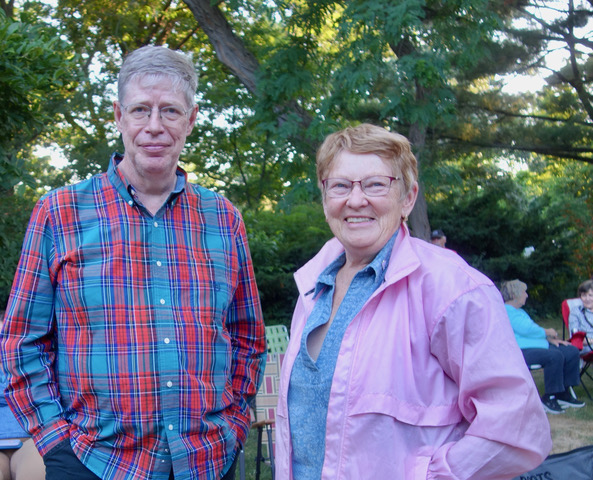
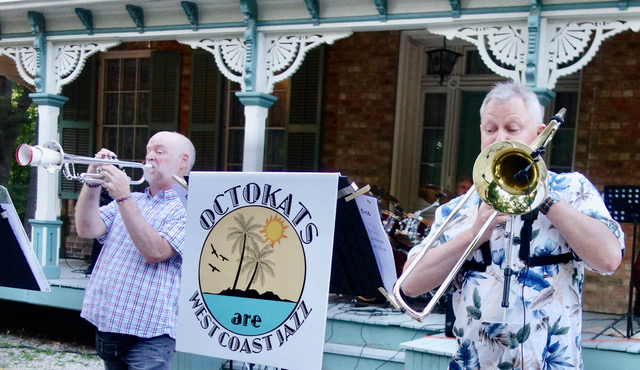







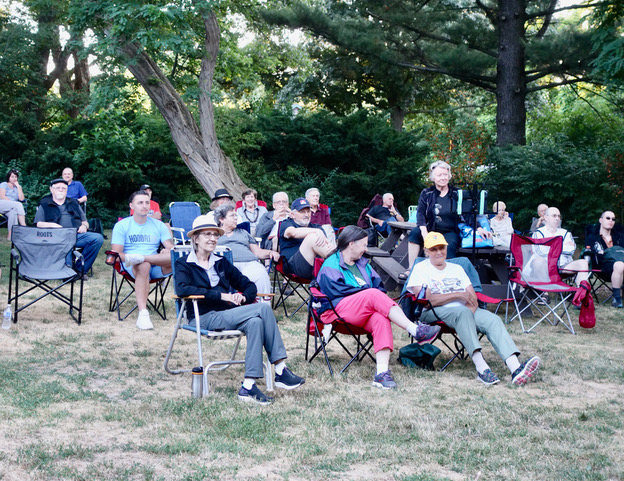
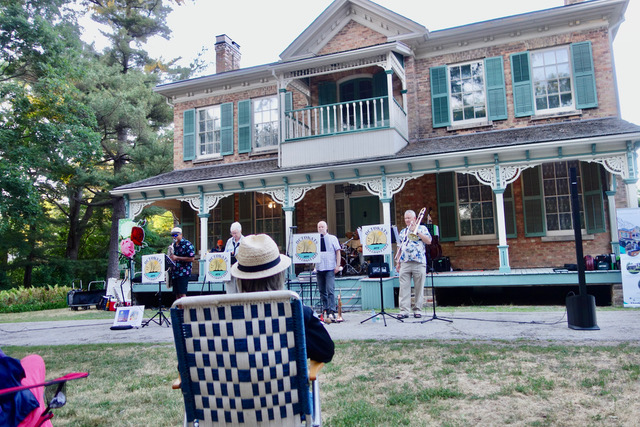
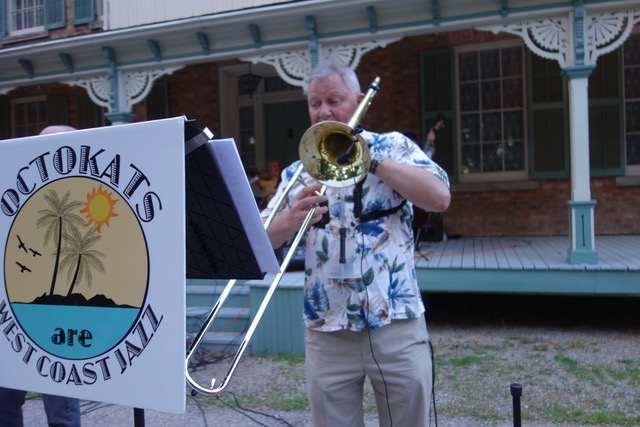
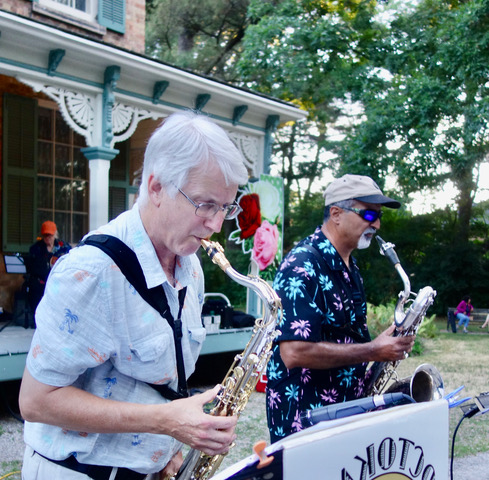
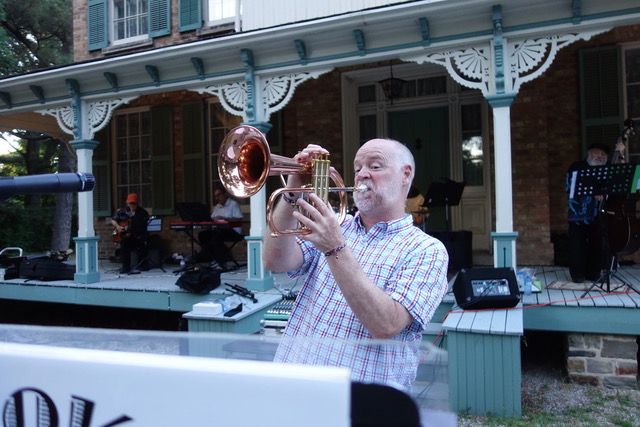


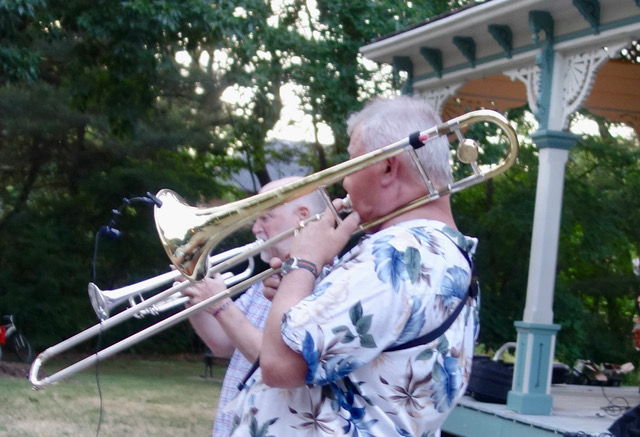


Benares Historic House was built in 1857, although parts of the home and several outbuildings date back to 1837. The house was designated under the Ontario Heritage Act in 1977.
Benares was home to four generations of the Harris and Sayers families. Today, more than 95% of the artifacts on display are original to the Harris family and the home. These include furniture, dishes, letters and pictures.
The house and most of its contents were donated by the great-grandchildren of Captain Harris (Geoffrey Harris Sayers, Dora Sayers Caro and Barbara Sayers Larson). It was restored to reflect daily life in the World War One era and opened to the public as a museum in 1995.
Varanasi, also known as Benares or Banaras, is a city in northern India on the banks of the Ganges River. It’s the holiest of the seven sacred cities in Hinduism and Jainism and also played an important role in the development of Buddhism.
The original owner and builder of Benares Historic House in 1835 was Edgar Neave. He named the property “Benares”. At the time, naming a property after a travel destination was common practice.
Ron N. asked me to find the articles I wrote about the Home children. Found on episodes 398 and 399.
Begin forwarded message:
From: ALAN SKEOCH <alan.skeoch@rogers.com>Subject: EPISODE …HOME CHILDREN..”OUR GUTTER CHILDREN CARTOONDate: July 31, 2021 at 12:49:25 PM EDTTo: John Wardle <jwardle@rogers.com>, Marjorie Skeoch <marjorieskeoch@gmail.com>, Alan Skeoch <alan.skeoch@rogers.com>
Ron N. asked me to find the articles I wrote about the Home children. Found on episodes 398 and 399.
Begin forwarded message:
From: ALAN SKEOCH <alan.skeoch@rogers.com>Subject: EPISODE …HOME CHILDREN..”OUR GUTTER CHILDREN CARTOONDate: July 31, 2021 at 12:49:25 PM EDTTo: John Wardle <jwardle@rogers.com>, Marjorie Skeoch <marjorieskeoch@gmail.com>, Alan Skeoch <alan.skeoch@rogers.com>


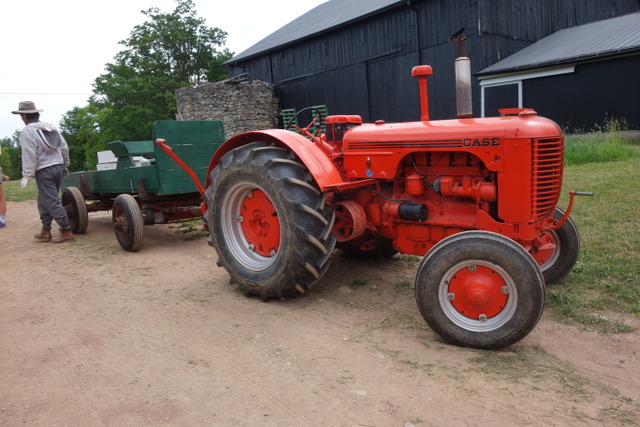

EPISODE 606 Ferguson tractors Lead the way to the South Pole with Sir Edmund Hillary in 1958alan skeochJune 2022
THIS IS A STORY ABOUT A TRACTOR. Sounds tedious….uninteresting…boring?
Note: After buying this Ferguson TO20 (1946), my son Andrew could not figure how to get it started. “I tried everything Dad but just could not get it started.thenwondered what the letter “S” on the engine meant. Could it mean ’Start’. So simple. VAROOM!… Purred like A kitten.” The Ferguson was designed to be
simple, cheap, useful, tough, versatile…”
WHAT HAS A 1946 FERGUSON FARM TRACTOR TO DO WITH ANTARCTIC SOUTH POLE?
“After conquering Mount Everest, Sir Edmund Hillary took on a new challenge. Along with Fuchs, Hillary began planning a mechanized trip
Two accounts of the venture are in the postscript below.e
Massey to the South Pole
“Despite unsuitable conditions of soft snow and high altitudes our Fergusons performed magnificently and it was their extreme reliability that made our trip to the pole possible.” —Telegram from Sir Edmund Hillary to Massey-Harris-Ferguson Farming Company
BY LAURA HARDIN | PHOTOS BY AP WORLDWIDE/RENNIE TAYLOR
